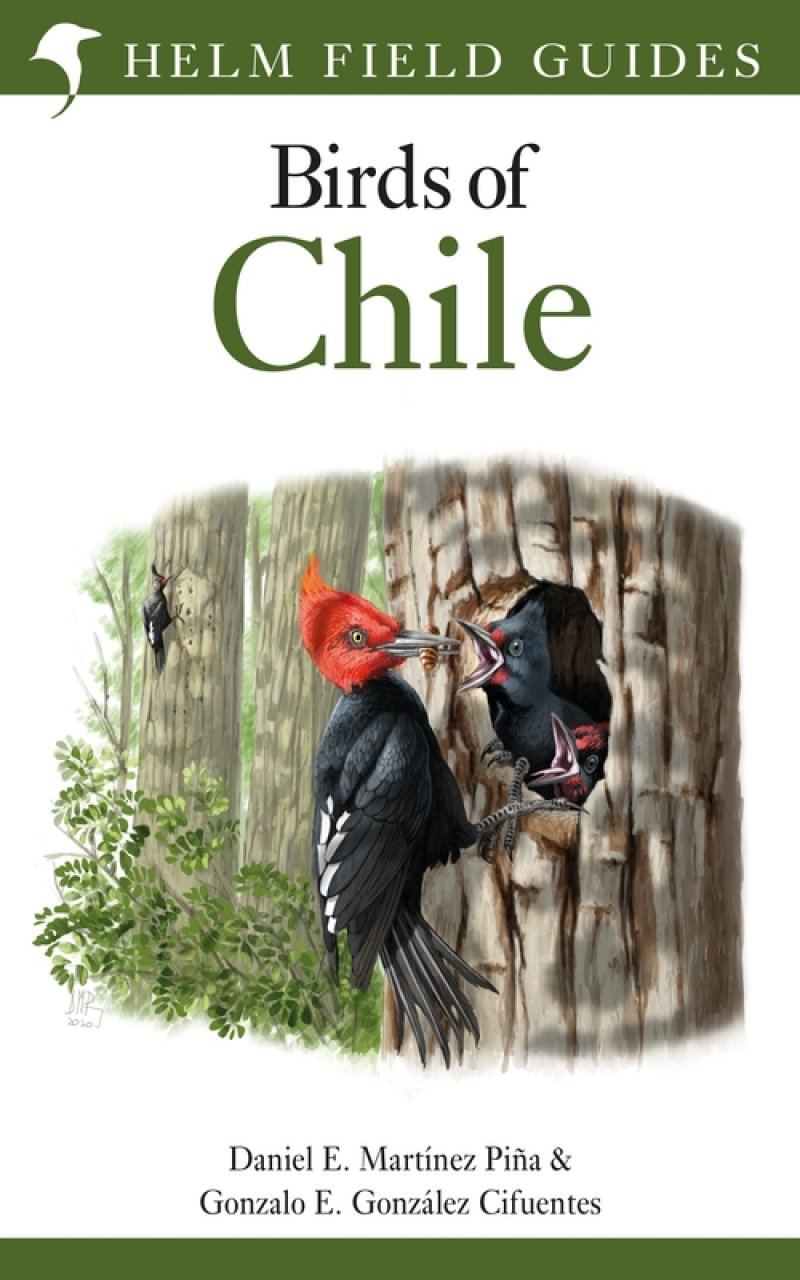Birds of Chile
- Birds of Chile by Daniel E Martinez Pina and Gonzalo E Gonzalez Cifuentes (Bloomsbury, London, 2021).
- 224 pages.
- ISBN 9781472987426 (Hbk) | 9781472970008 (Pbk).
- Bookshop from £38.99 (Hbk) | £27 (Pbk).
Chile is one of the most enjoyable birding destinations in South America and having travelled its length I can't wait to return one day. Despite a few messy political rallies last year, it is a relatively safe country, with outstanding scenery and a varied birdlife of 321 breeding species – 12 of which are endemic. A further 67 species are non-breeders.
You can be forgiven for feeling confused about this new book, as Helm published a guide of the same title in 2003 by Alvaro Jamarillo and illustrated by Peter Burke and David Beadle. That guide was well received, and you might have imaged that this is a new version of that, but it is not; in fact Jamarillo is still available. Instead, the book we are looking at today started out in 2004 as a 620-page Spanish field guide which was significantly revised and improved in 2017 and has now been repackaged as a slimmer version in English. Also, while Jamarillo included the Falklands, South Georgia and Antarctica, this latest work is only about Chile.
There are currently 509 species on the Chile list, of which 113 are vagrants. The book says it includes them all, but as it covers only 468, 41 are missing. These are the rarest vagrants, seen fewer than five times. Apart from that it can claim to be comprehensive.
The illustrations by Gonzalo González are mostly excellent, including plumage variations and more flight images than I have seen in most recent field guides. The format to each page is identical, with birds facing right and perched or flying in the same typical style. This may not please some, but for me it is the best solution for an effective field guide.
The concise species accounts describe identification features, status, range, habitat and voice. The colour distribution maps focus solely on Chile, making them easier to follow than in the 2003 book (which were divided into three areas). There is a checklist at the back, along with lists of threatened birds plus endemic species and subspecies and illustrations of a selection of birds' eggs.
Many readers will already have Jamarillo's guide and will be wondering if they should buy this as well. The truth is that although it is a great guide you won't gain much from having both.



